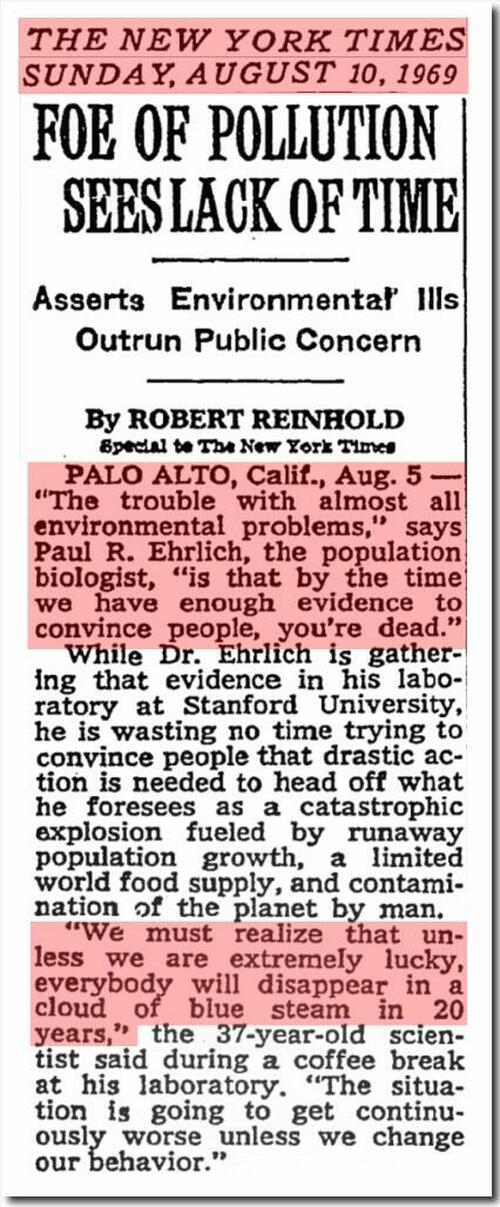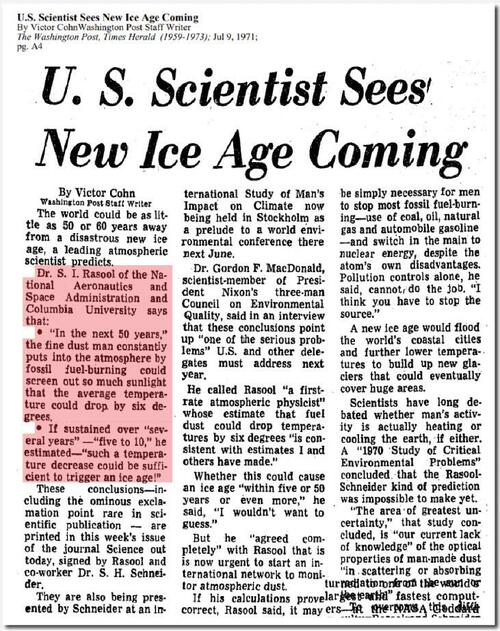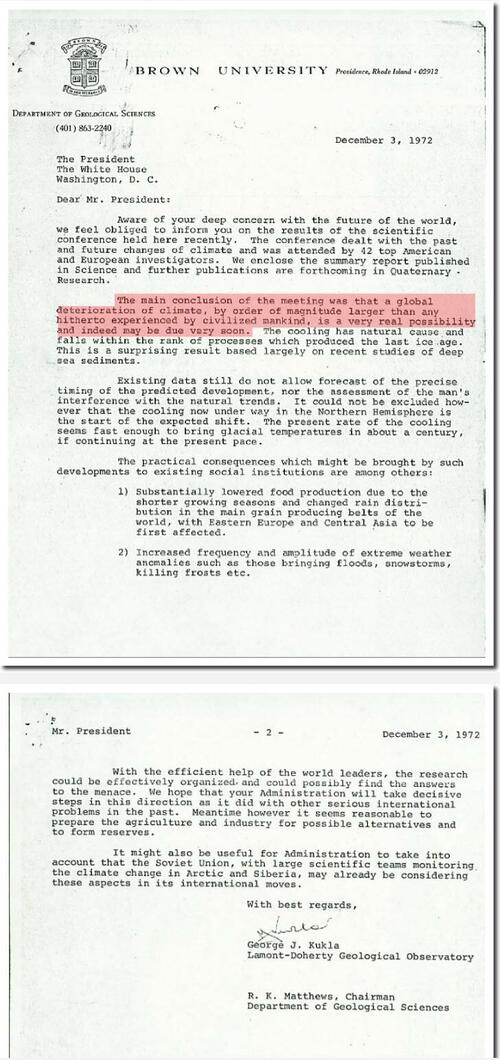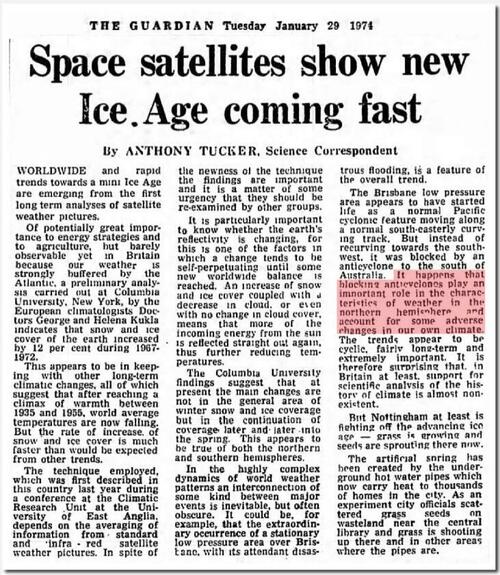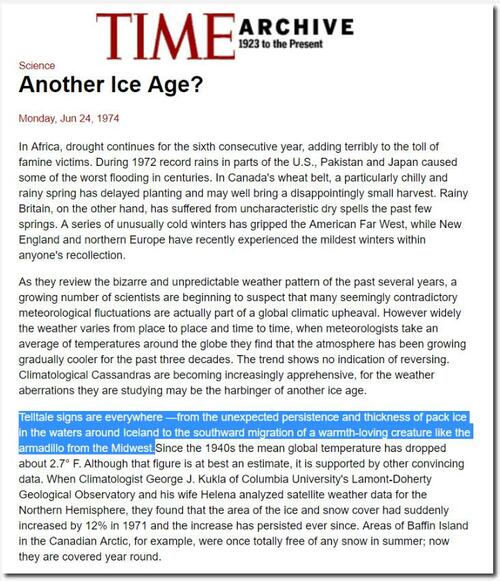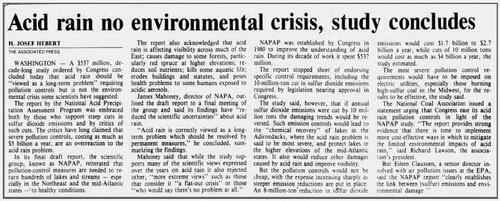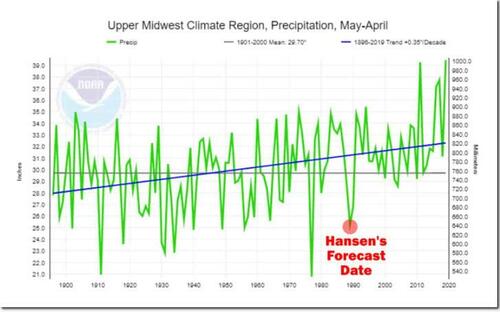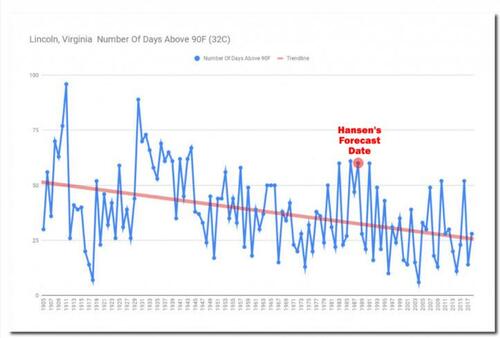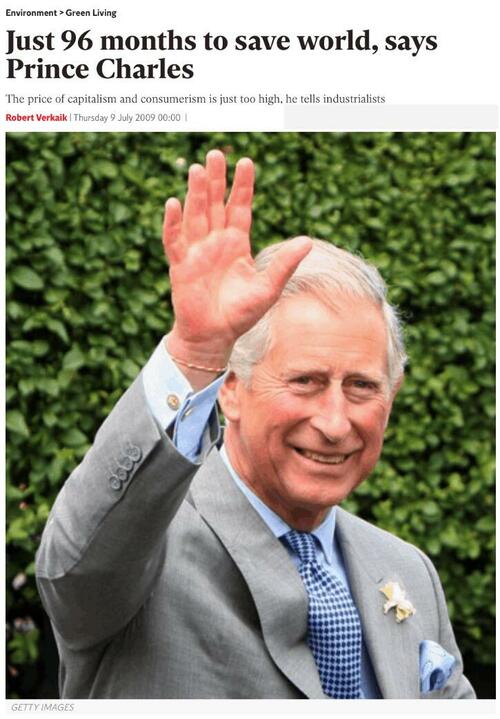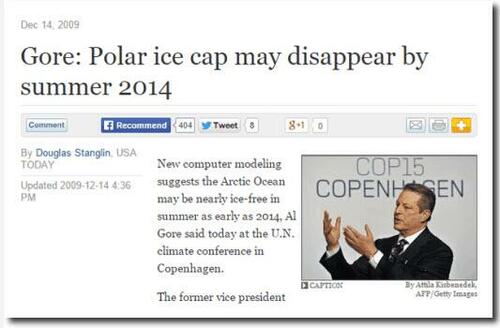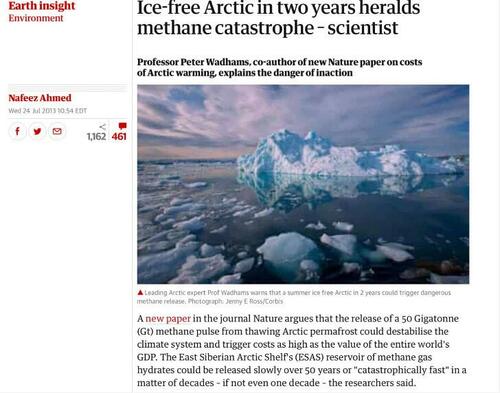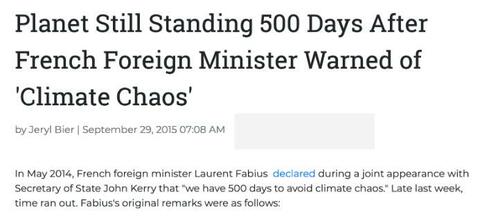Authored by Josh Owens via OilPrice.com,
Oil has been the single most influential resource in modern history, driving industrialization, building nations, and deciding the outcome of wars. It has been responsible for raising millions of people out of poverty and for razing entire cities to the ground. From technological advancements to environmental disasters, few, if any, industries have left as large a mark on the earth.

While the history of oil can be traced back as far as 3000 BC, when builders in Mesopotamia began to use bitumen to strengthen bricks, the story of the modern oil industry really began in the 1850s. Since then, explorers, investors, kings, journalists, spies, and scientists have all attempted to leave their mark on the industry. This is a list of the ten people who, for better or worse, are responsible for shaping the oil industry as we know it today.
10. Winston Churchill

Churchill may be best known as the stubborn wartime Prime Minister of Britain, but it was in his role as the First Lord of the Admiralty that he transformed the oil industry forever. In 1911, as tensions between Germany and Britain were mounting ahead of the First World War, Churchill made the fateful decision to convert the British fleet from coal power to oil power. While today such a decision may seem an obvious one, at the time it was considered both reckless and wasteful.
The conversion was not only expensive and experimental, but it left the British navy vulnerable as it would now have to rely on oil from Persia rather than coal produced at home. In 1914, in order to secure a reliable oil supply for the navy, Churchill convinced the British Government to buy 51% of the Anglo-Persian Oil Company (which would later become BP).
When the First World War broke out in July 1914, Churchill’s decision was vindicated, the new British navy was faster and more efficient than its counterparts. It was now accepted that oil would indeed be the fuel of the future, and securing it was a matter of national security. Thanks to Churchill, the international oil industry would now forever be intertwined with foreign policy. The battle for control over both the production and trade routes of this critical resource continues to this day.
9. T Boone Pickens

For the oil industry, the 1980s were a time of great upheaval. In the aftermath of the 1979 oil crisis, Ronald Regan completely deregulated oil, boosting competition and leading to consolidation across the industry. In 1983, the New York Mercantile Exchange introduced a futures contract in crude oil. Up until the creation of a futures market, the price of oil had been set by oil companies like Standard Oil, by regulators such as the Texas Railroad Commission, and by OPEC. Now, the price of oil was decided by traders on the open market. These events combined to mean efficiency and value were the two most important traits for oil companies, and one man more than any other would take advantage of this new age in oil.
T Boone Pickens positioned himself at the intersection of the oil industry and Wall Street, styling himself as a servant of shareholder value. He was a master of mergers and acquisitions in the industry and would play a key role in making the industry leaner and more efficient. His strategy involved finding a company whose stock price did not reflect the value of its oil and gas reserves, acquiring a significant block of its stock, and then forcing the company’s management to act to increase its share value. His most famous deals included Gulf Oil, Phillips Petroleum, and Unocal. Every corporate raider and activist investor in the industry today owes a debt to T Boone Pickens, the man who showed investors how to take power back from the oil giants.
8. Harry St John Bridger Philby

While he isn’t even the most famous person in his family (his son Kim was the notorious British intelligence officer who acted as a double agent for the Soviet Union), Harry Philby played an integral role in the development of Saudi Arabia’s oil industry, helping to form what would ultimately become the largest oil company on earth, Saudi Aramco.
Philby was born in modern-day Sri Lanka, studied at the University of Cambridge, and in 1915 was recruited to the Indian Civil Service where he helped to organize the Arab Revolut against the Ottoman Empire. This first posting marked the beginning of his life-long obsession with Arabic culture and languages. In 1917, he was chosen to lead a mission to the Arabian Peninsula where he would meet a tribal chieftain by the name of Ibn Saud – the future founder of Saudi Arabia. His meeting with Ibn Saud would ultimately lead Philpy to leave the Indian Civil Service, convert to Islam, and play a central role in negotiating what could be considered the biggest oil deal of all time.
By 1930, Philby was convinced that Ibn Saud and his government were sitting on a great untapped natural resource, but the King was more interested in drilling for water than oil. It was only in 1932 when Standard Oil of California made a discovery in Bahrain that the King began to consider his country’s oil potential. Standard Oil of California had already approached Philby in the hopes of gaining an introduction to the King, but Philby, in order to drive the price up, reached out to Anglo-Persian and started a bidding war. Ultimately, in May 1933, Standard Oil of California managed to outbid Anglo-Persion, marking the United State’s entry into Saudi Arabia, a decision that would have far-reaching consequences for both the oil industry and the geopolitical dynamics in the region.
7. Mohammad Mosaddegh

The Prime Minister of Iran from 1951-1953, Mohammad Mosaddegh was the first leader of a Middle Eastern oil nation to exercise the ‘nuclear option’ of nationalizing its oil concessions. In response to this nationalization, Britain implemented an embargo on Iranian oil that saw the country’s production plummet from 660,000 barrels per day in 1950 to just 20,000 barrels per day in 1952.
Despite the growing economic pressure, Mosaddegh refused to relent, infuriating negotiators from both Britain and the U.S. In August 1953, the CIA and MI6 initiated Operation Ajax, an operation designed to overthrow Mosaddegh in a coup. The operation was a success, but the dynamics of the oil industry had already changed forever.
Even with the Shah back in power, there was no reversing the nationalistic fervor regarding oil that Mossadegh had fanned. Resentment towards the British government and the Anglo-Iranian oil company was as strong as ever in Iran. Meanwhile, U.S. companies were reluctant to get involved in what they saw as a high-risk venture. Without pressure from governments, it seemed that there was no way back for Iran’s oil industry.
In the midst of the Cold War, the U.S. government was worried that Iran would fall into the Russian sphere of influence if its oil industry wasn’t resurrected by Western companies. In the end, seven companies, supported by the U.S. and British governments, agreed to form a consortium in Iran. Critically, the consortium was forced to acknowledge that the National Iranian Oil Company now owned the country’s oil resources and facilities. Mosaddegh may have been overthrown and would spend the rest of his life under house arrest, but he had earned a vital victory for oil nations. The concept of foreigners owning an oil concession had now changed forever, and the Middle East would never be the same.
6. Wanda Jablonski

Referred to as “the most influential oil journalist of her time” in Daniel Yergin’s The Prize, Wanda Jablonski founded Petroleum Intelligence Weekly, the journal which came to be known as “the bible of the oil industry”. Yet it is not her remarkable journalism nor her legacy as a trailblazer for women in the industry that gets her on this list. ‘Wanda’, as she was referred to in the industry, played a critical role in the formation of one of the world’s most influential oil organizations: OPEC.
The year was 1959, and tensions between international oil companies and oil-exporting countries were soaring. Russia had just returned to international oil markets and supply was climbing faster than demand. This led to a price war that saw oil companies cut the posted price of oil – unilaterally reducing the national revenues of oil-exporting nations. At the same time, the first Arab Oil Congress was taking place in Cairo, with 400 people in attendance, including, of course, Wanda. At the conference, she invited two of the most ardently anti-oil company individuals in the world to her room for a meeting. This was the first time that Saudi Oil Minister Abdullah Tariki met Juan Pablo Perez Alfonso, Venezuela’s Minister of Mines and Hydrocarbons. As Wanda had predicted, the two men immediately established a rapport and went on to organize a secret meeting with other oil ministers on the side of the Cairo conference. It was at this meeting that the concept of an Organization of Petroleum Exporting Countries was first established.
5. Nick Steinsberger

Now, this could be a controversial one. Frequently, it is George P. Mitchell who is credited with solving one of the most consequential problems in the history of oil: how to economically extract oil and gas from shale rock. But it was Nick Steinsberger, an engineer at Mitchell’s company, who in 1997 first successfully applied the slickwater fracturing technique that ultimately led to the U.S. shale boom. Mitchell already has the moniker “father of fracking”, so it seems only fair that Steinsberger should have his place on this list.
Technically, the fracturing of rock to stimulate oil wells can be traced all the way back to 1864 when Edward A. L. Roberts developed the first torpedo as a way of boosting production. Hydraulic fracturing, using a pressurized liquid to fracture rocks, can be traced back to an experiment in 1947. But it wasn’t until Steinsberger’s 1997 well that it was proven to be economically viable. U.S. oil production, which had been in terminal decline, began to soar on the back of this technological breakthrough. In 2018, thanks in large part to the shale boom, the United States became the largest oil producer in the world. At the same time, fracking came to the attention of environmental groups as it was seen to poison groundwater, induce earthquakes, and emit huge levels of methane. To this day, it remains a controversial topic, with some countries banning fracking altogether while others see it as a path to economic independence. Whatever you think of it, there are few technological breakthroughs that have had the same geopolitical, environmental, and economic impact as hydraulic fracturing.
4. Ida Tarbell

No history of the oil industry would be complete without the woman who took on the wealthiest American of all time, John D. Rockefeller. Ida Tarbell was an investigative journalist, or muckraker as they were then known, who was determined to hold the oil industry to account. Every anti-trust lawsuit or environmental claim that has been brought against the oil industry since her time is building upon her legacy.
In her illustrious career, Tarbell wrote biographies of both Napoleon and Lincoln, but is most famous for her 1904 book titled “The History of Standard Oil”. The book, described by historian J. North Conway as a “masterpiece of investigative journalism”, detailed how Standard Oil would use its wealth, power, and an expansive intelligence network to put immense pressure on independents and other competitors. She wrote that Rockefeller had “systemically played with loaded dice” and painted him, in the words of Daniel Yergen, as an “amoral predator”. Ultimately, Tarbell’s work led to the dissolution of the world’s largest oil company and, in time, the birth of the U.S. oil majors that we know today.
3. John D. Rockefeller

John D. Rockefeller’s career in the oil industry began in 1865 when he bought his business partner out of their produce-shipping firm and slowly but surely refocused it on refining oil. Five years later, in an effort to consolidate the industry during a price crash, he joined with four other oilmen to form what would become the most powerful oil company in history, Standard Oil. In the following years, as kerosene and gasoline became a cornerstone of life in America, Rockefeller used his profits to buy up more and more of the industry – reportedly controlling 90% of U.S. oil by 1880.
Rockefeller’s main goal was to tame the new and out–of–control oil industry in order to ensure it was as efficient and healthy as possible. In pursuing that goal, Rockefeller created the first-ever integrated oil company, initiated price wars to crush competitors, and, as Tarbell uncovered, ultimately built an oil monopoly.
When Standard Oil was broken up in 1911, the sum of its parts ended up being worth more than the company as a whole, and Rockefeller became even wealthier. While his focus largely shifted to philanthropy in the 20th century, the shadow of Rockefeller still looms large over the oil industry. In fact, the modern oil giants Exxon Mobil, Chevron, and Marathon Petroleum can all trace their origins back to the 1911 breakup of Standard Oil.
2. Juan Pablo Perez Alfonzo

Juan Pablo Perez Alfonzo’s list of achievements in the oil industry is as long as it is impressive. He is perhaps best known as one of the two founders of OPEC, an organization he later described as “my little idea that has changed the history of the world.” But OPEC was simply the logical conclusion of work he had started years earlier.
One of the most intractable problems in the oil industry is the division of ‘rent’. In economic terms, oil rent is the difference between the value of crude oil produced and the total cost of production. From 1943 to 1948, Juan Pablo Perez Alfonzo played a key role in shaping what would become the global norm for dividing these rents between companies and countries. Under the 50/50 deal that he helped shape, Venezuela and the international oil companies agreed to divide that rent evenly. The deal resulted in Venezuela’s oil income increasing by 600% between 1942 and 1948.
Yet Perez Alfonzo wasn’t done. He recognized that low-cost producers in the Middle East posed a threat to Venezuela’s market share, and so had the documents translated into Arabic and brought to the Middle East by a Venezuelan delegation. Suddenly, Saudi Arabia wanted a 50/50 split of rents, while Iran’s Mosaddegh wanted to go further still. Once the concept of dividing the oil income equally between countries and companies had been established, it was near impossible for oil companies to fight it. The 50/50 formula remained the global norm until the 1973 oil crisis disrupted markets once again.
In 1948, following the coup that toppled President Rómulo Gallegos, Perez Alfonzo obtained political asylum in the United States and spent years studying the Texas Railroad Commission and how it had dealt with the oil crash of the 1930s. It was during this period that many of his first thoughts of how OPEC should operate were formed, ideas that he then shared with Abdullah Tariki when Wanda introduced them in Cairo.
It may surprise some that a man who was so central to shaping the oil industry considered himself an ecologist and was primarily focused on the conservation of energy. He believed that OPEC would ultimately lower the use of energy around the world.
1. George Bissell

Commonly referred to as the “father of the American oil industry”, George Bissell was the spark that ignited the inevitable march of oil from a relatively unimportant liquid that oozed from rocks to the most important resource on earth.
Bissell recognized that ‘rock oil’, which he had seen being gathered with rags in order to make medicine, could actually be used as an illuminant. If he and his business partner James Townsend could only extract the liquid in sufficient quantities, it could compete with the whale fat and ‘coal oils’ that were then being used in lamps. After confirming that this ‘rock oil’ had the desired chemical characteristic, Bissel and his business partners launched the first-ever oil company, the Pennsylvania Rock Oil Company.
The Pennsylvania Rock Oil Company decided that the best way to go about extracting the oil would be to drill for it using the same technique that had been developed to bore for salt. The company employed Edwin L. Drake, an out-of-work railway conductor who was staying in the same hotel as James Townsend, to carry out the project. Drake traveled to the tiny village of Titusville, secured the title to the land, and employed William A. Smith to help him drill. On August 27th, 1859, the two men hit oil for the very first time in history. Bissell immediately rushed to Titusville to buy up and lease as many farms as he could, becoming the first of many who would make their fortune off an industry that was about to change the world forever.


















